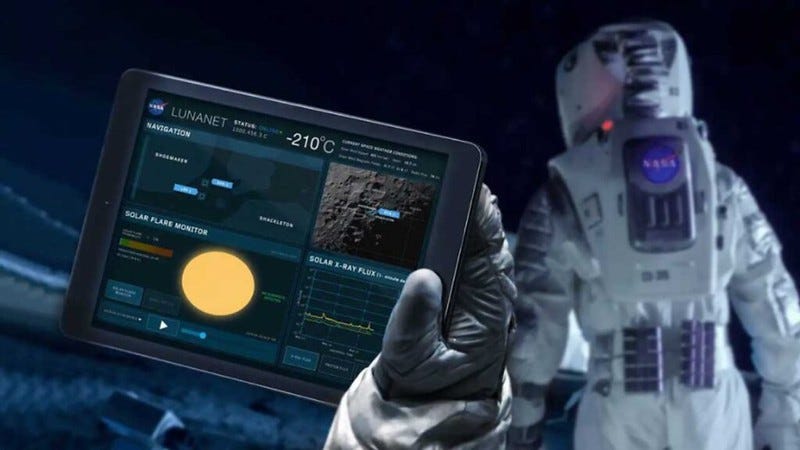Advancing Technology for Interplanetary Internet
ISS National Lab-Sponsored Research Paves the Way for Future Space Communications
For future missions on commercial space stations, the Moon, and Mars, the ability to send data and communications across the solar system will be crucial. But developing an interplanetary Internet is challenging. The long distances data must travel cause delays, and the movement of planets and spacecraft leads to signal disruptions.
“The ISS was the idea…
Keep reading with a 7-day free trial
Subscribe to The Journal of Space Commerce to keep reading this post and get 7 days of free access to the full post archives.



